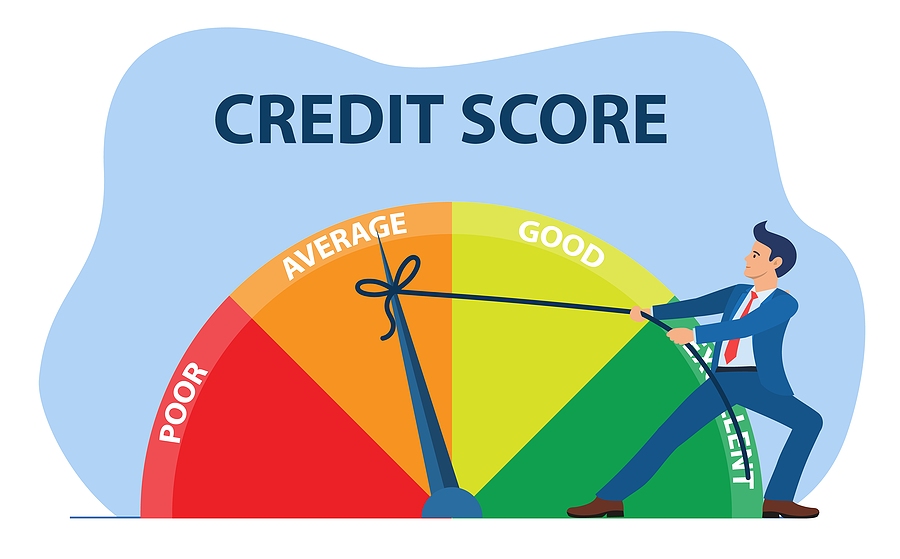New York
CNN Industry
—
Even if the temperature soars into the 90s, Linda Morris received’t activate her air con till she feels she’s about to faint.
As a substitute, the retired postal employee tries to flee the warmth in the incomplete basement of her Hickory Hills, Illinois, house. She introduced down a chair so she will be able to learn there.
And, to steer clear of the usage of her range whilst upstairs, she makes sandwiches and warms up meals within the microwave.
Morris, 65, already had her energy close off in June – when the thermometer within the Chicago house hit a minimum of 90 levels on seven days – after falling in the back of on her bills. She used to be pressured to make use of financial savings to settle the just about $500 tab, which she will be able to’t do once more since she’s on a hard and fast revenue after retiring closing yr.
“You’ll’t have the funds for to show your air on anymore. That’s very unhappy,” stated Morris, who could also be staying house extra on account of top gasoline costs. “Some other summers, I can flip my air on. However this summer season, it’s simply method too pricey.”
Warmth waves have impacted nearly all of america all through the primary part of the summer season, forcing American citizens to handle sweltering prerequisites. Greater than 100 million other folks had been underneath warmth signals on Tuesday.
Top-temperature spells have transform extra common and intense with each and every passing decade, and so they last more than they did sooner than, in keeping with the Nationwide Oceanic and Atmospheric Management.
However many of us have needed to curtail their air con utilization to check out to stay their electrical energy payments in take a look at, as in addition they battle with the spike in worth for meals, gasoline and different necessities.
American citizens’ electrical payments are anticipated to extend through 20% to a median of $540 for this summer season, in comparison to the similar length closing yr, in keeping with the Nationwide Power Help Administrators Affiliation.
However despite the fact that other folks prohibit their utilization, they’ll nonetheless get larger payments. That’s as a result of residential electrical energy costs are emerging at a sooner tempo this summer season than in lots of earlier years, in keeping with america Power Knowledge Management. The rise is pushed partially through the surge in value of herbal gasoline, which is used to generate electrical energy. Herbal gasoline costs jumped following a manufacturing droop all through the pandemic, in addition to shortages because of the battle in Ukraine.
Air con, then again, isn’t simply for convenience. It’s a need for many of us, in particular the ones sick. Greater than 700 other folks in america die from heat-related reasons annually, on moderate, in keeping with the Facilities for Illness Keep watch over and Prevention. The deaths are normally regarded as preventable.
“Excessive warmth occasions are fatal, and they’re more and more common,” stated Stephen Partitions, a blank construction suggest on the Herbal Sources Protection Council. “Cooling help may just lend a hand steer clear of loads of deaths in keeping with yr.”
However there’s a long way much less govt help to be had to lend a hand other folks have the funds for to chill their houses, in comparison to heating them within the wintry weather, stated Mark Wolfe, govt director of the Nationwide Power Help Administrators Affiliation.
The federal Low Source of revenue House Power Help Program, referred to as LIHEAP, is helping low-income American citizens pay their heating and cooling payments. The cash is shipped thru states and local people teams, however best 34 states and the District of Columbia be offering cooling help to their citizens. All states run systems to lend a hand other folks stay the warmth on within the wintry weather.
What’s extra, simply 15% of the federal budget is used to hide cooling prices.
Congress poured $4.5 billion into LIHEAP from the American Rescue Plan, including to this system’s $3.8 billion allocation for the present fiscal yr. But it surely nonetheless isn’t sufficient to fulfill the desire for heating by myself, a lot much less cooling.
“The core downside is we don’t have the funds for to run a strong cooling program,” Wolfe stated, noting that the significance of this hasn’t “registered but” in Congress.
Alice Gachuzo-Colin of Springdale, Arkansas, grew to become to an area nonprofit company closing month to invite for lend a hand paying her electrical invoice so her energy wouldn’t be close off in the midst of the night time. However she used to be instructed it had no to be had budget and to check out once more later.
So she needed to drain just about all her financial savings to pay the $256 invoice. And for July, the tab is $314, which she has needed to level out to her 3 kids.
“The day gone by, there used to be a large, large meltdown in my space as a result of my youngsters had been like ‘I’m sizzling,’ and I’m like ‘Y’all, the sunshine invoice is 300 and one thing greenbacks,’” Gachuzo-Colin, 43, who works as a private banker at an area financial institution, stated in mid-July.
In most cases, she will pay $160 or $170 a month all through the summer season.
Gachuzo-Colin tries to restrict the circle of relatives’s air con utilization, but it surely’s tricky when the temperature steadily exceeds 90 levels and her 13-year-old daughter’s bronchial asthma worsens within the warmth. The Springdale house is on course to have its fourth-warmest summer season on document.
Electrical corporations have expanded their versatile billing and fee systems all through the pandemic to lend a hand shoppers keep present, Adam Cooper, senior director for buyer answers on the Edison Electrical Institute, the business affiliation for investor-owned electrical corporations, wrote in an e-mail. Many permit shoppers to go into steadiness billing systems, the place they pay the same quantity each and every month. This smooths out seasonal spikes in utilization.
The corporations additionally succeed in out to customers affected by monetary hardships and train them about help systems, corresponding to LIHEAP, Cooper stated.
However reimbursement plans don’t all the time relieve the monetary pressure on households. Minneapolis resident Scott Norcross entered one just lately so his energy wouldn’t be close off after he fell a couple of hundred greenbacks in the back of in bills, principally from the usage of the air conditioner over the previous couple of months. He now has to shell out round $100 on best of his per thirty days invoice, which he says is thrice greater than it was once previous to the pandemic.
“Our electrical invoice had simply long past upper and better and better,” stated Norcross, 55, who’s disabled and is suffering from the warmth. “We will’t in reality have the funds for the additional fee, however we need to do one thing if we need to stay the electrical on.”
Norcross, whose spouse is a private care assistant and older son works in retail, implemented for power help however used to be instructed his circle of relatives’s revenue used to be $800 over the prohibit.
So the couple and their two younger grownup sons take a seat of their automotive and run the air conditioner for 20 to half-hour to chill off a couple of instances an afternoon, relying on how sizzling it’s. The temperature climbed to a minimum of 90 levels on Tuesday, which will be the thirteenth time it’s hit that degree this yr.
Most effective 17 states, plus the District of Columbia, have protections that save you software corporations from turning off the ability of people that fall in the back of of their payments. However they simply take impact when temperatures hit a undeniable degree or when a warmth advisory is in position, Wolfe stated. For Nevada and Delaware, for example, that threshold is 105 levels.
This compares to 33 states and the District of Columbia that save you utilities from shutting off the warmth all through the wintry weather.
Just about all states and the District of Columbia supply some coverage for citizens with qualified scientific prerequisites, regardless that many best prolong the disconnection for 30 days.
Nonetheless, many of us whose well being is compromised through sizzling temperatures don’t qualify.
Regardless that he suffers from a thyroid situation that makes him very delicate to warmth, Walter Protheroe now units his air conditioner at 78 levels, as an alternative of a extra comfy 72 levels. That helps to keep his electrical invoice reasonably priced since he’s disabled and residing on a hard and fast revenue.
But it surely method the 64-year-old Houston resident has to spend many of the day mendacity down at the sofa. He can best take brief walks outdoor two times every week, as an alternative of his day-to-day one-mile walk, as a result of he can’t go back to a groovy house in a town contending with its most up to date summer season up to now.
A former analysis engineer, Protheroe concept his June invoice could be round $90, but it surely used to be $125. He’s anticipating to must shell out about $150 this month and most definitely greater than $170 in August if the warmth continues.
“I simply handle it the most efficient I will be able to,” stated Protheroe. “It’s simply too pricey to run the air conditioner that a lot.”
https://www.cnn.com/2022/07/19/financial system/air-conditioning-electric-bills-heat-wave/index.html



